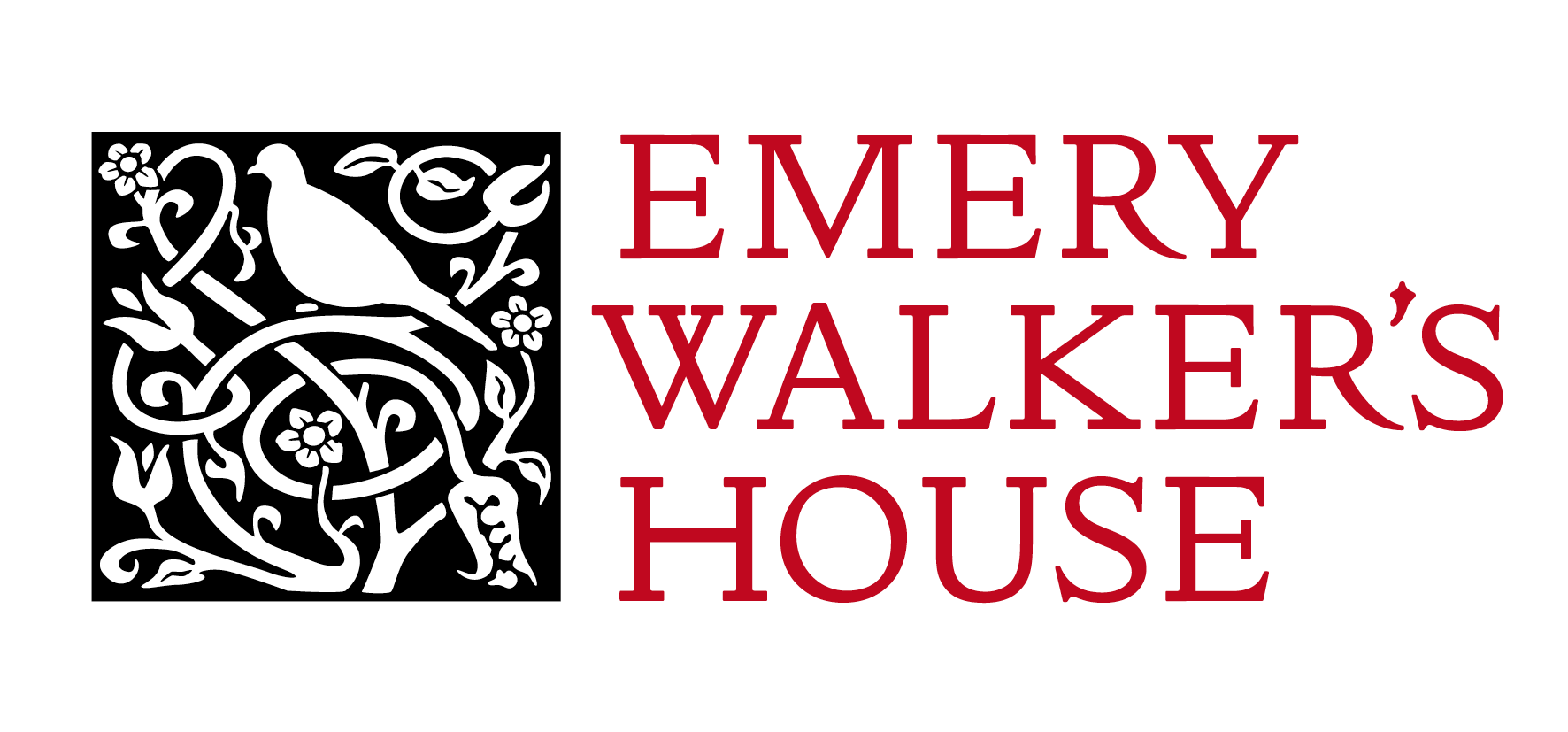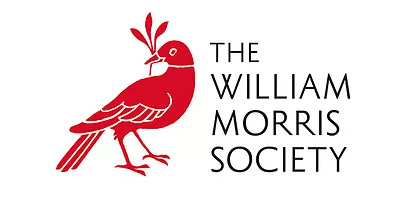Thomas Wardle, (1831-1909) based in Leek, Staffordshire, swiftly earned a reputation as a leading dyer of textiles by using traditional methods and dyestuffs. William Morris, the foremost textile designer, was frustrated by problems he encountered when he tried to transform his designs on paper into printed textiles. Both men independently despaired at the outpouring of mass-produced patterns; particularly the widespread use of harsh aniline dyes. Both aimed to produce beautiful things by maintaining a skilled workforce. They needed each other.
In 1875 Morris took himself off to Wardle’s dyeworks. Wardle was then the leading expert on India’s wild silks and traditional dyes. The depth of colour he obtained was extraordinary. Characteristically Morris needed to know how things were done and was soon absorbing everything related to the exacting, traditional processes of dyeing cloth. Wardle’s indigo dye vats were well used by an animated Morris. He wrote to Wardle in 1876 explaining that these trial stages were ‘…. as a ladder to mount up to the next stage-that is, in fact my life…’
Morris turned Wardle into a hand-block printer and from their shared knowledge, critical insight, and an eye for beauty, came some of the most acclaimed fabrics of the British Arts and Crafts era. They were the benchmark of British printed textiles.
Both men were admiring of India’s textiles and saw them as exemplars; several of Morris’ designs were influenced by historic Indian patterns. Wardle, a creative thinker in his own right, went on to block -print designs for Liberty & Co, of London and other leading retailers. Collections by some of the leading designers of the Arts and Crafts era, printed by Wardle, show a distinct Islamic influence.
Sydney Mawson, (1876-1941), free-lance designer and lecturer in textile design at the Slade, London, produced a series of patterns that show historic Islamic features. One, ‘The Grindley,’ (Fig 1) was produced by Wardle using the demanding chiné method. The pattern, with its floral motifs of peonies, tulips, carnations and palmettes, was block -printed onto a silk warp while on the loom. It was then woven with a blue silk, weft thread, producing a shimmering effect similar to ikat silks. Similar motifs were used by Turkish silk weavers in the 16th century. Bursa, was a centre of excellence, where the finest brocades, with such stylised floral patterns, were produced for court wear, hangings and covers.

Fig.1
Islamic designs, printed by Wardle, were popular with embroiderers. One striking pattern was printed onto a cream wool cloth in blue. (Fig 2) The gracefully curving floral motifs bear a strong resemblance to Iznic tiles used on Sultan Suleyman’s mausoleum; some of the finest in Istanbul. They were stitched with Indian silks dyed with Indian dyes, by Wardle.

Fig. 2
Chair, The Textile Society





